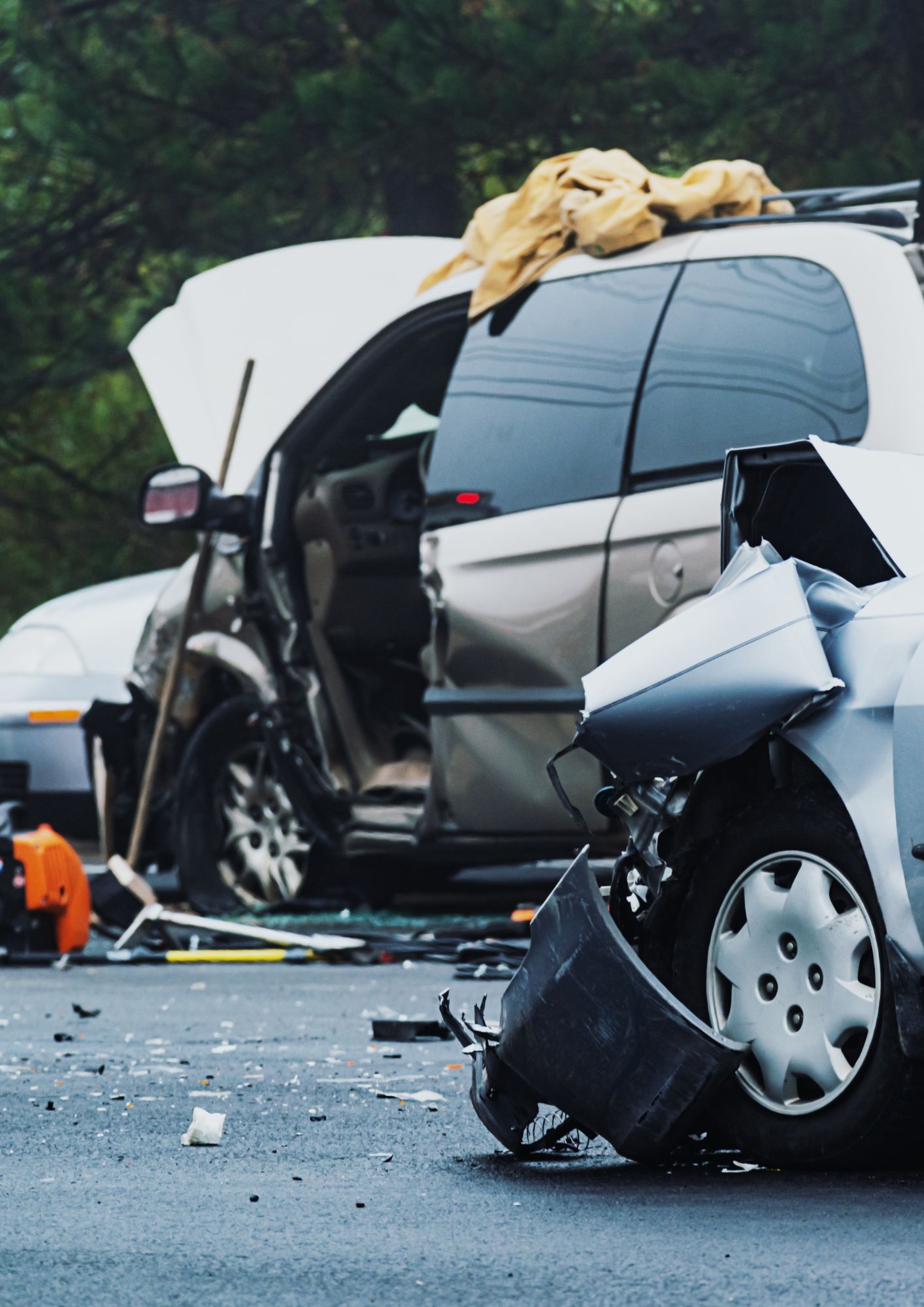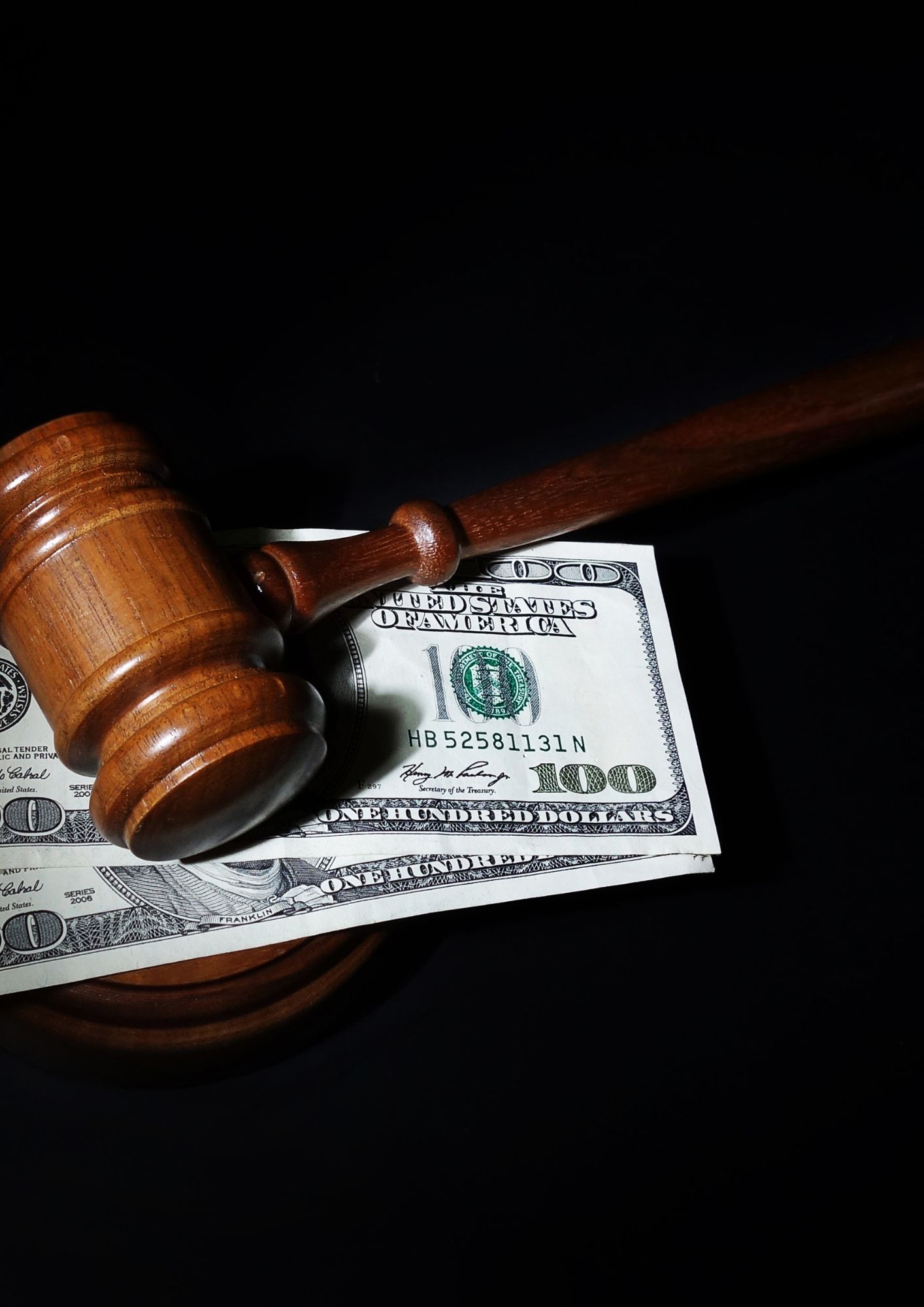Uber, a pioneering force in this transportation revolution, has rapidly transformed the way we move from point A to point B, reshaping traditional modes of transportation.
However, as this transportation revolution unfolds, so too do questions about accountability and responsibility in the event of accidents involving Uber vehicles.
Contact Us Today to Schedule
A Free Consultation
In the heart of the nation’s capital, where the rhythm of life is fast-paced and the streets are teeming with vehicles, the question looms large: Who is at fault if your Uber is in an accident?

There are various types of accidents involving Uber vehicles, each presenting unique challenges when determining liability. Broadly categorized, these scenarios involve accidents that happen while an Uber driver is actively transporting passengers and those that occur while the driver is awaiting a ride request.
When an accident occurs while an Uber driver is actively transporting passengers, the situation often falls under more clearly defined liability parameters. During this phase of a ride, commonly referred to as “on-trip,” Uber’s insurance coverage is typically at its most comprehensive. While each jurisdiction might have specific regulations, Uber’s insurance generally provides substantial coverage for both the driver and the passengers in the event of an accident. This coverage includes bodily injury and property damage, aimed at protecting all parties involved.
However, determining fault is still essential, especially if there are multiple vehicles involved in the accident. Liability could rest with the Uber driver, another driver, or both, depending on factors such as adherence to traffic laws, negligence, and the circumstances leading up to the collision.
Accidents involving Uber drivers who are waiting for a ride request are a bit more complex. During this period, often referred to as the “offline” phase, Uber’s liability coverage might be limited, as the driver is not actively transporting passengers. The driver’s personal insurance may be the primary source of coverage in these situations.
However, Uber does provide contingent liability coverage during this time, which kicks in when the driver’s personal insurance coverage falls short or is denied. This coverage generally includes lower limits than the coverage during active trips.
Overall, the level of Uber’s liability and insurance coverage depends on whether the driver is actively transporting passengers or waiting for a ride request. Accidents that occur during an active trip are often more straightforward in terms of liability and insurance coverage, with Uber’s comprehensive policy playing a significant role.
Multiple parties can be involved and at fault in a DC Uber accident, each with varying degrees of responsibility. Some of the potentially liable parties include:
Determining proportional liability among these parties can be complex and often involves legal negotiations and investigations. In some cases, more than one party might bear responsibility for the accident. Skilled legal professionals who specialize in Uber accident cases play a crucial role in untangling these complexities, ensuring that victims receive fair compensation and justice is served.
As with all car accidents, determining who is liable in a DC Uber accident can be complicated. The process involves a thorough examination of the circumstances, the behavior of the parties involved, and applicable laws. Here’s an insight into how liability is determined in these intricate situations:
Ultimately, the determination of liability in Uber accidents is a meticulous process that involves a combination of factual evidence, legal expertise, and often negotiations between parties and insurance companies. Consulting with experienced legal professionals who specialize in Uber accident cases can be invaluable in navigating these intricacies and ensuring fair outcomes for all parties involved.

Contact Us for a Free Consultation Today
Ride-sharing services like Uber have introduced innovative transportation options, but their rapid growth has also raised pertinent questions about insurance coverage in the event of accidents.
While all Uber drivers have their own personal insurance coverage, Uber also provides coverage. However, the role this coverage plays in an accident varies greatly depending on when in an Uber ride the collision occurred.
To fully comprehend how Uber’s insurance coverage works, it’s essential to understand the three distinct periods that outline a driver’s activity on the platform.
Navigating the aftermath of an Uber accident can be a daunting experience, especially when it comes to seeking compensation for injuries, property damage, and emotional distress. Victims of DC Uber accidents do have legal recourse, and understanding the steps to take is essential for ensuring their rights are upheld.
In the ever-evolving landscape of modern transportation, accidents involving Uber vehicles present a unique set of challenges when it comes to determining liability and seeking rightful compensation. Navigating these complexities on your own can be overwhelming, which is why enlisting the guidance of an experienced DC Uber accident lawyer is paramount.
Working with a DC Uber accident lawyer isn’t just about seeking financial recompense – it’s about finding a reliable partner who will stand by your side during an emotionally and legally challenging time. By harnessing their knowledge, you can focus on recovery, knowing that your rights are protected and your case is being expertly managed.